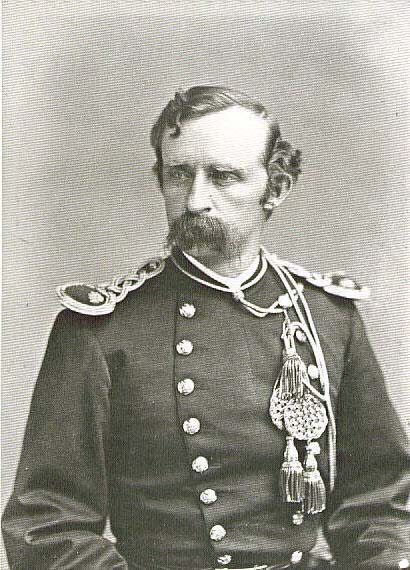The Battle of Little Bighorn, also known as Custer's Last Stand, was a pivotal event in American history that took place on June 25 and 26, 1876, in what is now Montana. The battle was fought between a coalition of Native American tribes, led by Sitting Bull and Crazy Horse, and the 7th Cavalry Regiment of the United States Army, led by Lieutenant Colonel George Armstrong Custer.
The conflict was part of a larger series of events known as the Great Sioux War of 1876, which was sparked by tensions between the Native American tribes of the Great Plains and the federal government over issues of land and resources. The government had promised the tribes the Great Sioux Reservation as a permanent homeland, but later broke that promise and demanded that the tribes give up the land in exchange for annuities and other concessions. The tribes resisted this demand, leading to the outbreak of violence and the dispatch of military units to the region.
Custer and his men were part of this military response, and they arrived at the Little Bighorn River in Montana with orders to confront and defeat the Native American tribes. Custer, who was known for his aggressive tactics and overconfidence, divided his force into three battalions and launched an attack on the Native American encampment on the morning of June 25.
The Native American coalition, which included Lakota, Northern Cheyenne, and Arapaho warriors, was well-prepared and heavily armed, and they quickly gained the upper hand in the battle. Custer's men were vastly outnumbered and outflanked, and they were soon surrounded and slaughtered. Custer and all of his men were killed in the fighting, and the Native American coalition emerged victorious.
The Battle of Little Bighorn was a significant event in American history for a number of reasons. It was one of the most decisive Native American victories over the United States military, and it marked a turning point in the Great Sioux War. It also had significant political and cultural consequences, as it fueled tensions between the federal government and Native American tribes and helped to solidify the myth of the "wild west" in the American imagination.
Today, the Battle of Little Bighorn is remembered as a tragic and fateful event in American history, and it continues to be a source of fascination and controversy. It serves as a reminder of the complex and often violent history of relations between the United States and Native American tribes, and it serves as a testament to the courage and determination of both sides in the conflict.









